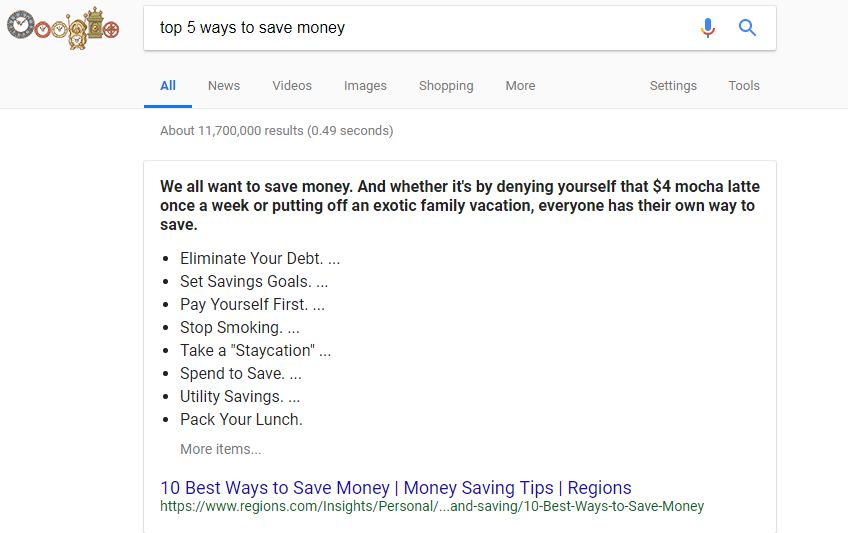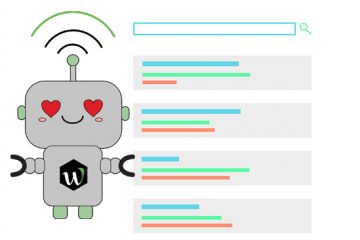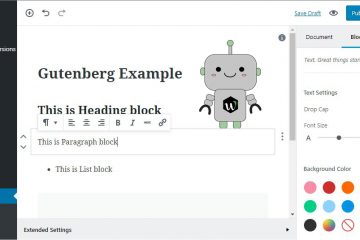What is a title tag? “A title tag is an HTML element that specifies the title of a web page.”
Title tags have become one of the most crucial aspects of On-Page SEO. They tell search engines what your content is about and what the most important keywords are for said content. You might be familiar with the basic setup for H-tags, but there are a few other things you can put into your title tags to make them more SEO friendly.
Elements of Good Title Tags
Numbers
Numbers are a powerful way to get a person’s attention. Think about the success of listicles and how they dominate Facebook articles: “5 Ways to Make a Gluten Free Dinner” or 15 Life Hacks for College Students.” Not only are these effective for people but search engines also seem to like them. More often than not, you’ll see rich snippets in the Google search results that start with a numbered list. This is because people like to get their information as quickly as possible and it’s hard to beat an organized list for that purpose. It’s also easier for Google to understand and provide users with that information as quickly and effectively as possible. The same principle applies to bulleted lists as well. See how the example below uses the number 10 in the title tag and how the content contains a set list of bulleted points, making it simple for the reader to comb through and pick out what they need.
Dates
Sometimes being vague isn’t the best way to rank. If your article pertains to a certain news event or time-sensitive incident, then you might be better off using some dates in your content. Most SEO content writers feel the need to dispense with dates altogether; they want their pieces to be timeless. That’s why, when you see posts about SEO, you won’t often see dates. However, providing this information might give better insights to the reader. If you wrote an SEO article in 2011, it might still rank but it’s probably very outdated. Giving readers this kind of information can help them avoid making mistakes that will ultimately ruin your reputation.
Length
There are many theories out there to why certain experts like Moz and Yoast choose the limits they do. Typically, you want to stick to the 50–60 Characters range.
Use top keywords – When you’re deciding what keywords to put it when you’re shortening this, that’s where you want to use your keyword research and find the keywords that your visitors are actually using.
For example, let’s say you’re using Analytics or Google Search Console. You saw that people are searching for “star wars shoes,” “Vans,” and maybe something like that. I can come up with a title tag that fits within those parameters, “Vans Star Wars Shoes.” This is an ideal strategy for people that like to sell on eBay. This way, you have a better chance coming up on search results or getting a snippet of your own.
Synonyms
It’s important to understand that people search in different ways. You need to optimize for not only the most popular way but the top 3 or 5 ways people might search for the same thing.
Now, let’s say that you’re looking for the cheapest graphic shirt. You notice that the top three searches for this are “cheap shirts,” “low-cost t’s,” and “affordable graphic t-shirts. You can actually combine these and still be in that sweet 50-60 character limit, “Low-cost, affordable t’s, your cheap graphic shirts.”
When you start to consider the different ways that people shop, you’ll better understand how to optimize your content for the maximum effect.
Call to action
Numbers are great, but a call to action really brings the crowd. Often, people shop around not really knowing what to look for. If you take the initiative and tell them what to shop for, you’ll probably have a better chance of succeeding. Take these two examples:
“Save 20% on Jewelry”
Or
“Today only, click here to save 20% on stunning jewelry”
Both examples above are in the character limit, but only the second creates a need to click now! Check out the competition within your own niche and see the kind of verbiage that you might want to use.
Conclusion
There are many ways to spice up your title tags for better SEO. Start by considering your content and what your goals are for that content, then try to set yourself apart by using some of the strategies listed above to start ranking.



